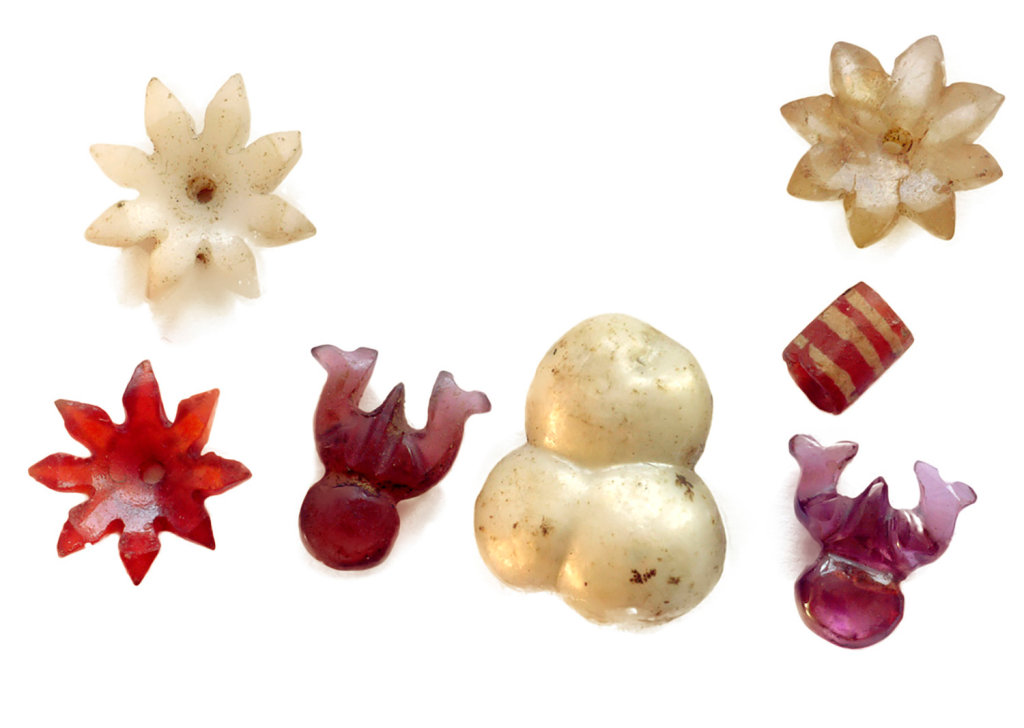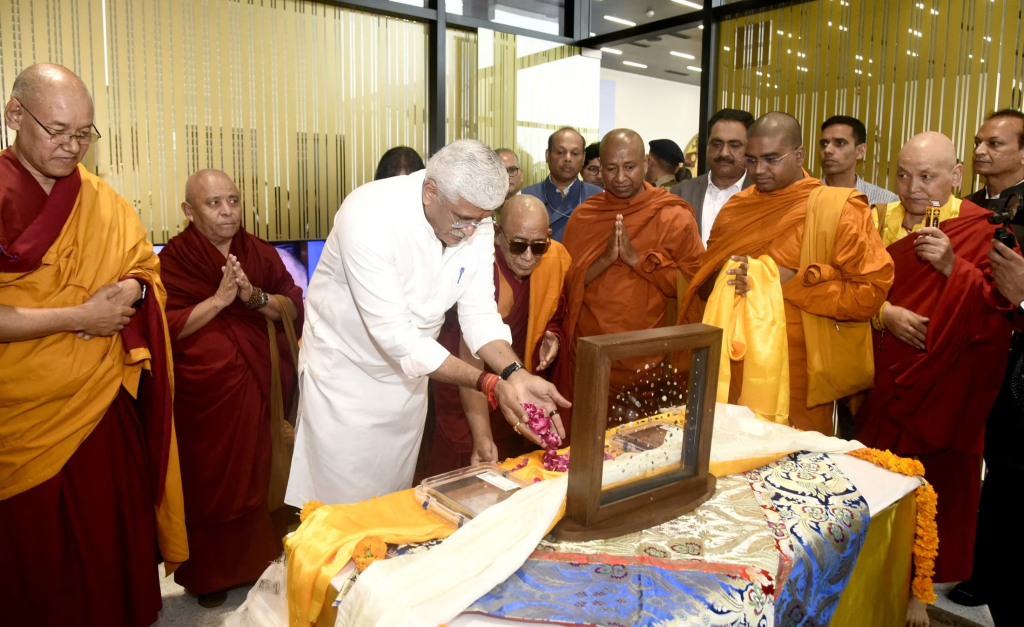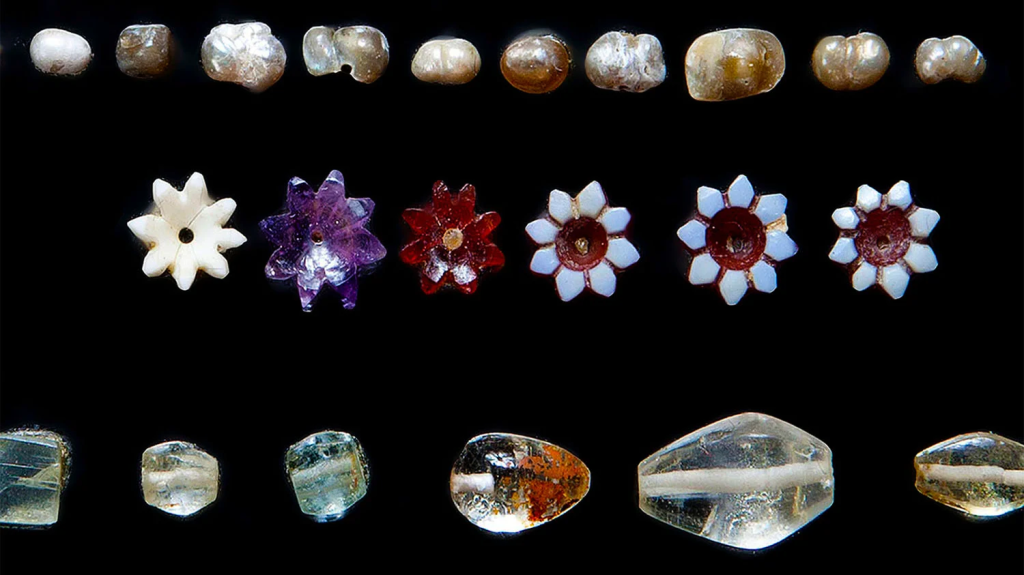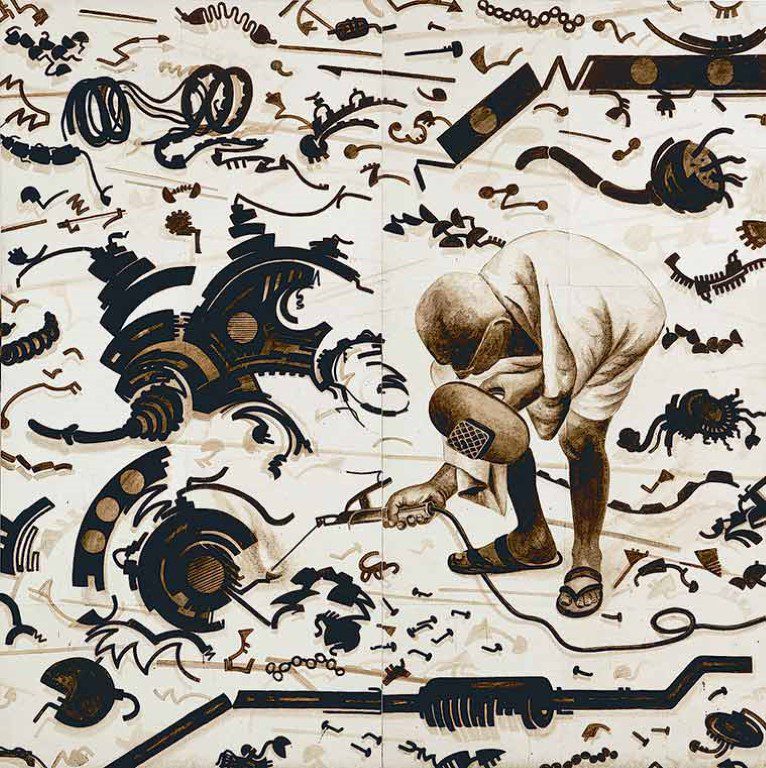A collection of over 300 ancient jewels, known as the Piprahwa Gems of the Historical Buddha, has returned to India after 127 years. These jewels, which include amethysts, topaz, and pearls, date back to the Mauryan Empire, Ashokan era, around 240–200 BCE.
English estate manager William Claxton Peppé discovered the jewels in 1898 at an ancient stupa in Piprahwa, northern India. The collection was part of a larger group of about 1,800 jewels and fragments of bone believed to belong to the Buddha. Most of the original findings were given to the British government and later placed in museums like the Indian Museum in Kolkata. Peppé was allowed to keep around 350 gems, which stayed in his family.

Earlier this year, Sotheby’s in Hong Kong planned to auction the remaining gems, which were consigned by Peppé’s heirs. However, the sale was stopped after a legal notice from India’s Ministry of Culture, which claimed that the relics represented the sacred body of the Buddha and were part of India’s cultural and religious heritage, as well as that of the global Buddhist community. The letter stated that holding the auction would violate Indian and international laws and United Nations conventions and would amount to colonial exploitation.

Negotiations among Peppé’s heirs, the Indian government, and Sotheby’s resulted in Godrej Industries Group, a Mumbai-based company, acquiring the gems. Sotheby’s confirmed the sale and expressed its pleasure in facilitating the return of the Piprahwa Gems to India. The auction house noted that the relics would rejoin the main collection at the Indian Museum in Kolkata and be displayed permanently for the public.
Ministry of Culture viewed this development as a positive public-private partnership that supports the mission to reclaim ancient culture and heritage of India.
Featuring Image Courtesy: The Piprahwa Project
Contributor





